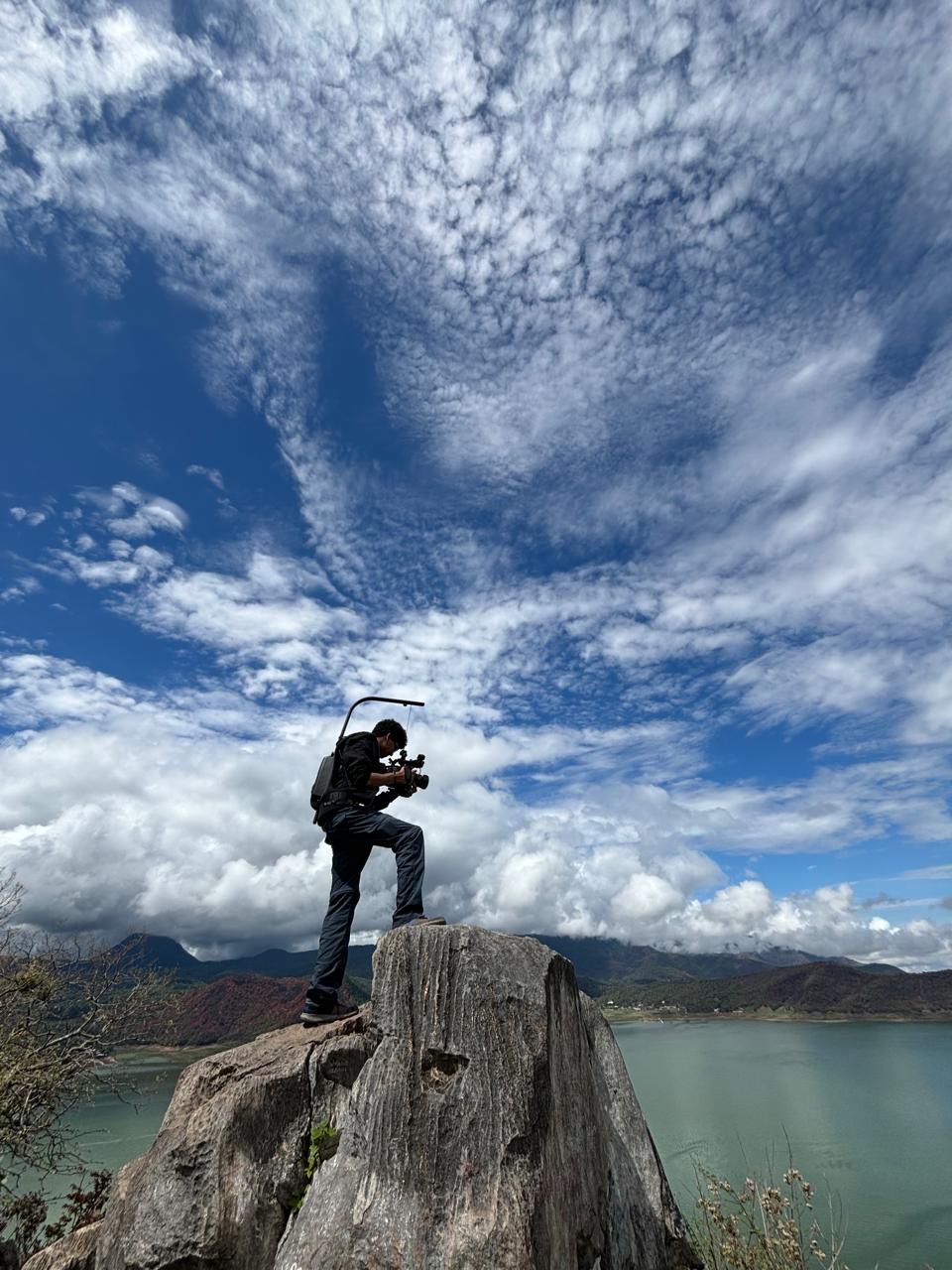‘It’s easier to see inherent truth in a documentary’
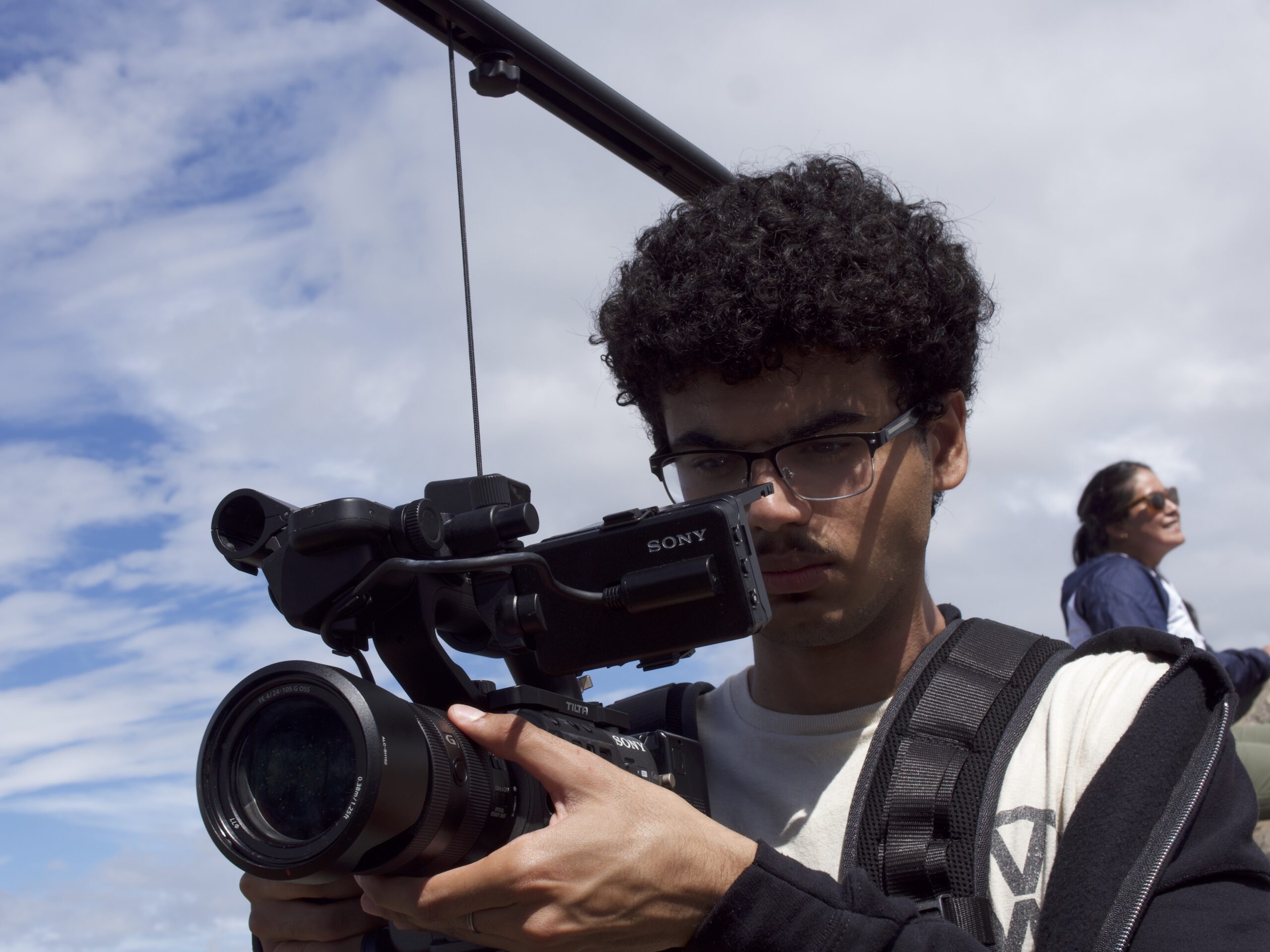
Mexico City is facing a severe water shortage that threatens livelihoods and puts at risk national heritage sites, parks, and rivers. This past summer, a crew of Clark University student filmmakers arrived in the densely populated capital to document the crisis.
Angel Rojas ’25, Aidan Hilaire ’26, Zeke Fairley ’25, and Abby Rhodes ’24 spent their summer recording in and around Mexico City, supported by a $10,000 Projects for Peace award. Their film aims to uplift the voices of communities most impacted by climate change and water scarcity and runs as a journalistic project in parallel with a $1.5 million multidisciplinary climate change research study funded by the National Science Foundation and led by Tim Downs, professor in the Department of Sustainability and Social Justice (SSJ) and the study’s principal investigator. Downs was the students’ guide and information source on the ground, transporting them throughout Mexico City in his 2007 Toyota Land Cruiser. Screen Studies Professor Soren Sorensen provided the filmmakers technical and storytelling guidance.
“Our documentary feels like a time capsule of the summer of 2024,” says Rojas. “The first female president of Mexico was elected in the spring, and she is deeply passionate about the climate issues the country is facing.”
The NSF-funded study melds GIS mapping, system dynamics modeling, extended reality (XR) technology, and educational experiences to help policymakers and the public collectively understand how much is at stake under climate change, and compare ways to mitigate future impacts. Academic researchers are actively collaborating with government and community stakeholders, including Indigenous People, to gather and assess information, and are being assisted by students and faculty from SSJ, the Graduate School of Geography, and the Becker School of Design & Technology – as well as their peers at the National Autonomous University of Mexico.
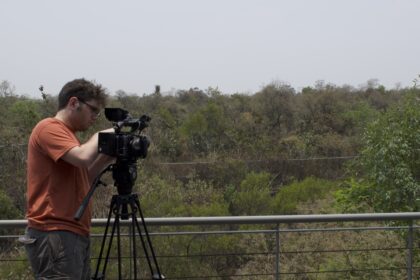
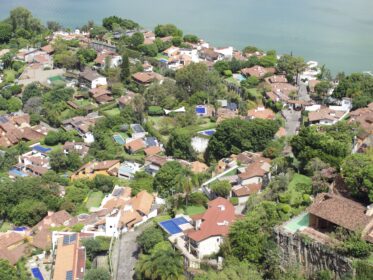
During filmmaking, the Clark students lived in an Airbnb in Coyoacán, the arts district of Mexico City. A typical day consisted of interviews with residents and shooting on location at various conservation areas, parks, and water treatment plants. The team ran into some challenges, including restricted access to some areas and the inability to purchase high-priced filming permits because of budget constraints. Sometimes, the team would drive two hours or more to film at an area where they had been granted prior access, only to be told upon arriving that they had not gone through the proper channels and were denied entry.
Luckily, the students were able to think on their feet and captured B-roll and narration nearby. Finding a way to tell these compelling stories always came first.
“We wanted to craft a narrative out of what is real and what is very important. I think that is something we are all interested in as aspiring filmmakers,” says Hilaire, a psychology major.
Fairley notes, “It’s easier to see inherent truth in the documentary format.”
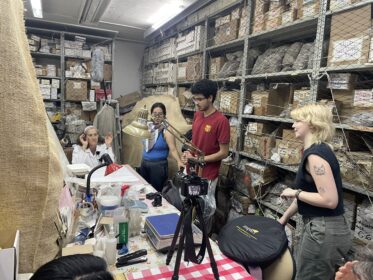
Downs has always wanted to explore ways to include videography in his work.
“It helps us tell stories of what is happening and why it matters in a powerful, human way,” he says. “Working with the student videography team has been one of the highlights of our work so far — especially interviewing Dr. Linda Manzanilla, a world-renowned archaeologist, about the lessons to be learned from the collapse of the ancient metropolis of Teotihuacán from drought and social conflict, in the very same region we are studying, close to Mexico City. We were filming her in her lab, artifacts from floor to ceiling, wall to wall, listening and watching her tell the story. It was spellbinding.”
The team was committed to authenticity and ensured every interview was conducted in Spanish.
“Despite most people saying, ‘We can speak English,’ I needed to conduct the interviews in the native language,” says Rojas, a screen studies major. “The documentary itself must be in Spanish. That was a very key part of keeping the authenticity. But it was very mentally taxing at times for me to switch between languages.”
Despite access challenges, long days, and disheartening subject matter, the students worked hard to maintain a hopeful attitude, which was aided by the people they interviewed.
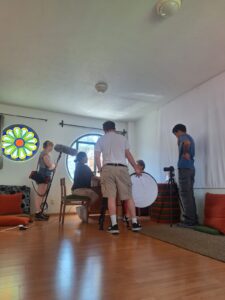
Hilaire mentioned the drive and passion of the people they met who are making it their life’s work to mitigate this environmental crisis.
“It is crucial to say that there are many dedicated people in the government and there are many citizens who are working hard to make this problem visible,” says Hilaire. “I think that in a world that seems very hopeless at times, the wide variety of people we interviewed show the passion and the care they have toward solving this problem.”
The medium of film has appealed to the students ever since they took Sorensen’s documentary filmmaking course. They also share their passion for filmmaking outside of class as members of the Clark Film Production Society.
“Documentary filmmakers – including the Clarkies who traveled to Mexico over the summer – are often tasked with boiling down complicated musings, methods, and machinery of their subjects. And their audience may have no knowledge of or experience with any of the concepts being discussed,” says Sorensen. “We independent filmmakers may plan and wish to exhibit our small, low-budget passion projects for the largest international film festival audiences in the world. But sometimes a filmmaker’s job is to inform a small audience about a massive and urgent subject.”
A condensed version of the film is set to be screened by the end of this academic year, alongside the Screen Studies department’s senior thesis films. The full version is slated for release in mid-2025.
